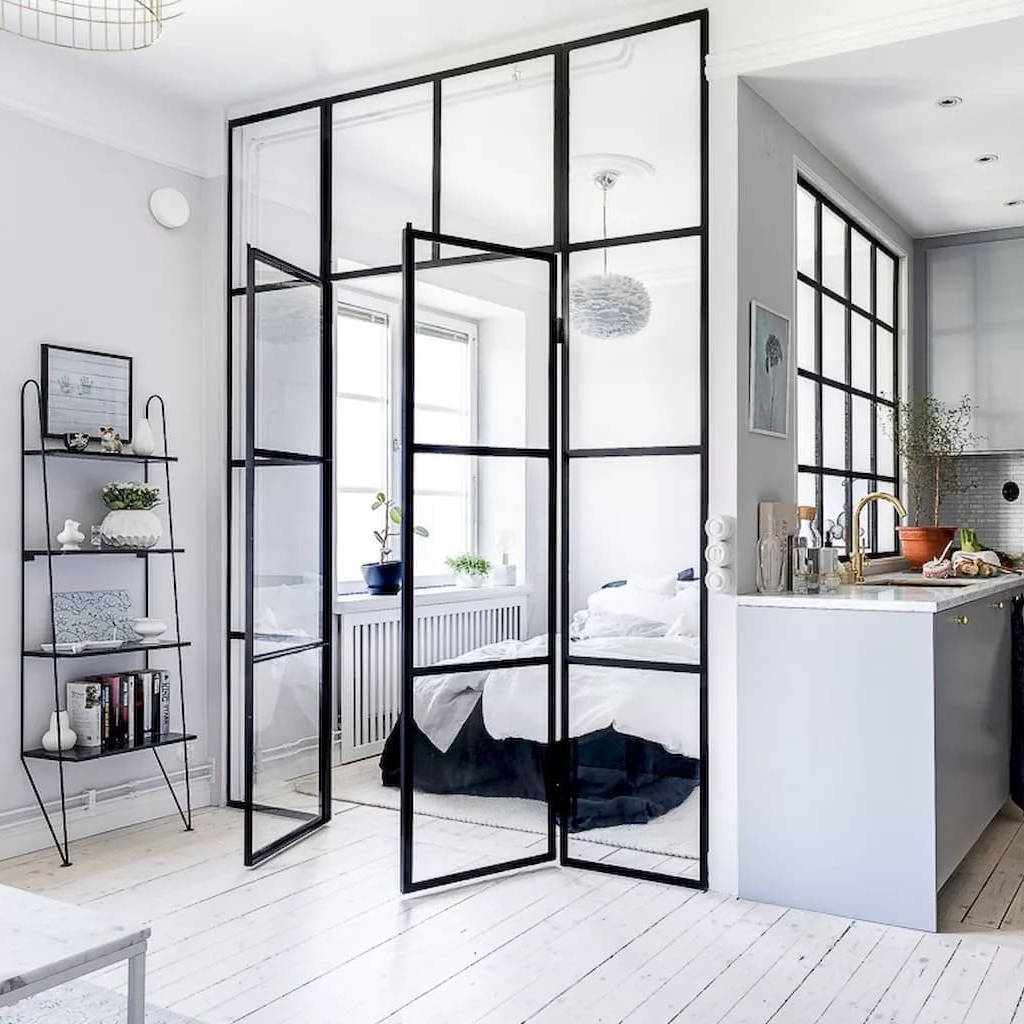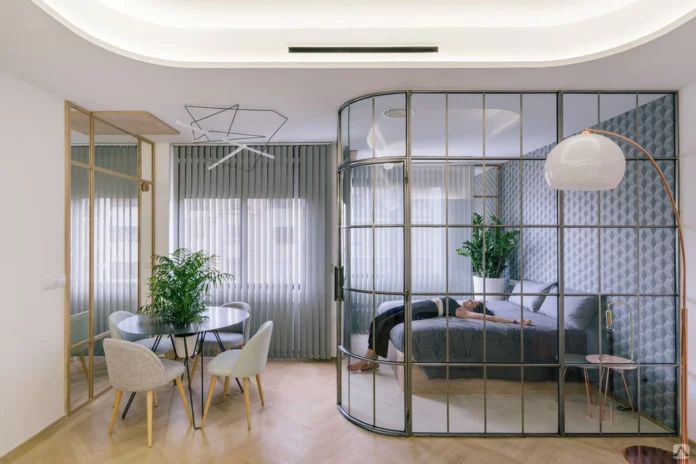The conversation around energy efficiency in buildings often includes glass partitions https://artlookglass.com/, surrounded by both myths and realities. Understanding how glass partitions impact energy efficiency is crucial for homeowners and businesses alike. This article aims to clarify misconceptions and present the factual aspects of glass partitions in terms of energy efficiency.
Myth 1: Glass Partitions Always Reduce Energy Efficiency
A common myth is that glass partitions inherently lead to higher energy consumption due to poor insulation. However, this is not always the case. Modern glass partitions are often designed with energy efficiency in mind. Technologies like double glazing, low-emissivity (low-E) coatings, and thermal breaks significantly improve their insulating properties, reducing the loss of heat in winter and keeping interiors cool in summer.
Reality: Smart Glass Can Improve Energy Management
Smart glass technology in partitions is a reality that enhances energy efficiency. This technology allows the glass to change its transparency and thermal properties based on external conditions or user preferences. It can reduce the need for artificial lighting and provide better thermal insulation, thereby conserving energy.
Myth 2: All Glass Partitions Cause Glare and Overheating
Another misconception is that glass partitions invariably lead to excessive glare and overheating, especially in sunny climates. While glass does allow natural light to enter, advancements in glass technology have given rise to tinted and reflective glass options that minimize glare and solar gain. These solutions can maintain a comfortable indoor environment without overburdening the cooling systems.
Reality: Glass Partitions Can Enhance Natural Light and Reduce Lighting Costs
The reality is that glass partitions can significantly enhance natural light penetration, reducing the reliance on artificial lighting, which is a major component of energy consumption in buildings. Adequate natural light can lead to lower electricity usage during the day, contributing to overall energy efficiency.
Myth 3: Glass Partitions Are Not Suitable for Cold Climates
There’s a belief that glass partitions are not a viable option in cold climates due to heat loss. However, with the advent of insulated glass units featuring double or triple glazing, this is no longer true. These glass partitions offer excellent insulation, keeping the warmth inside and reducing the need for extensive heating.
Reality: Energy Efficiency Depends on Quality and Installation
The energy efficiency of glass partitions largely depends on the quality of the glass and the installation process. Properly installed, high-quality glass partitions with appropriate thermal properties can contribute positively to a building’s energy efficiency, irrespective of the climate.
Conclusion
The role of glass partitions in energy efficiency is nuanced and depends on various factors including technology, quality, and installation. While there are myths about their inefficiency, the reality is that with the right technology and design, glass partitions can indeed contribute to energy-efficient building design. Understanding these aspects is key to making informed decisions about incorporating glass partitions in a way that aligns with energy efficiency goals.

